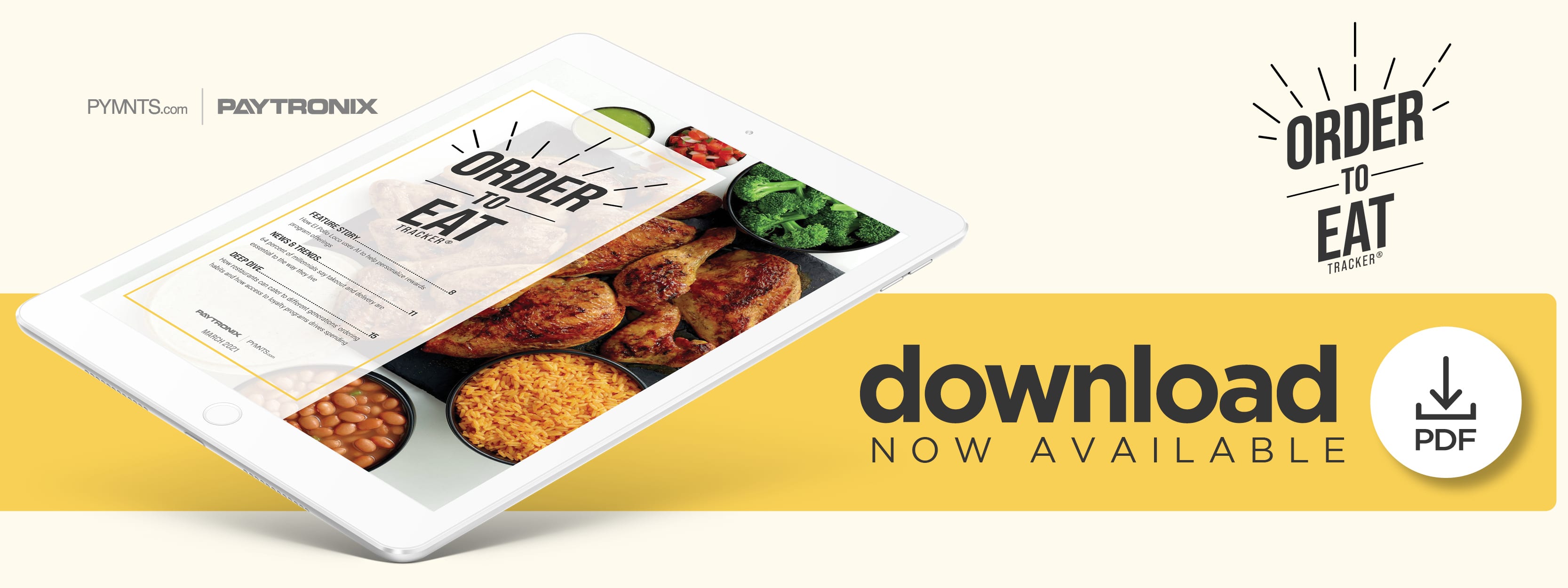El Pollo Loco Fires Up AI To Personalize Loyalty Rewards
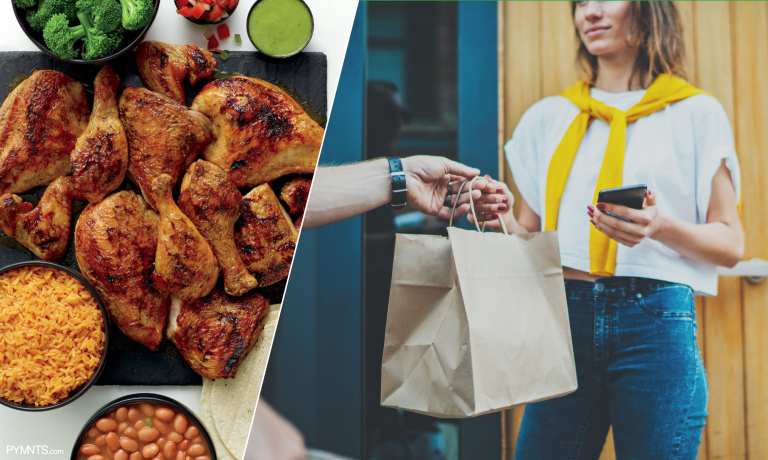
Competition is fierce in the quick-service restaurant (QSR) space, and restaurants are pulling out all stops to appeal to customers with unique digital offerings and loyalty programs. One of the most crucial aspects for QSRs as they navigate these challenges is considering different demographics’ payment and ordering preferences.
The pandemic has had a dramatic impact on technological adoption among consumers of all ages. One report revealed that contactless and digital ordering technologies have seen broad adoption among all consumers, but select groups appear to be more comfortable with and inclined to use certain tools. Twenty-one percent of Generation Z consumers value using artificial intelligence (AI) when placing orders, for example, compared to just 6 percent of baby 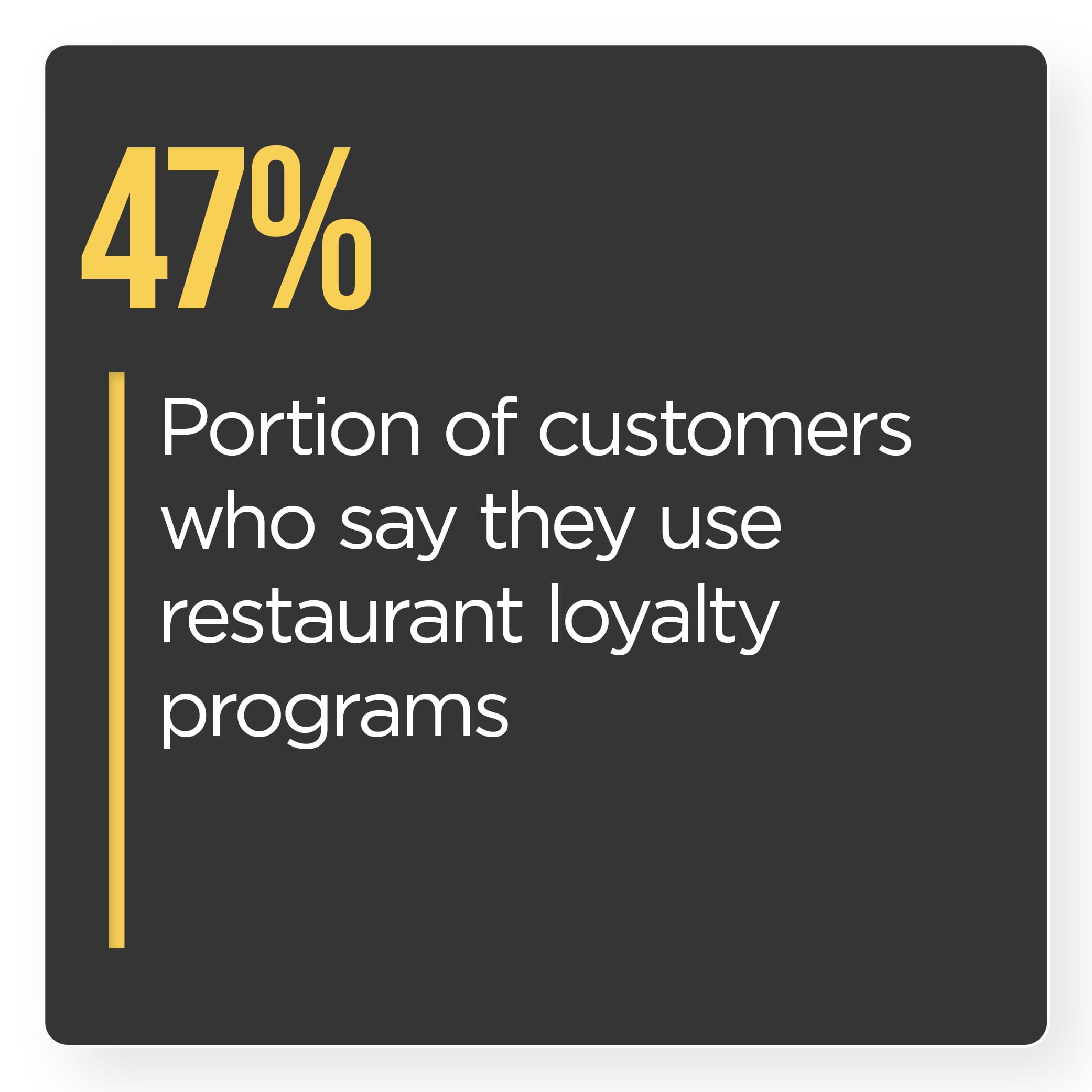 boomers that say the same.
boomers that say the same.
The March edition of the Order To Eat Tracker® analyzes the ordering and payment habits of consumers from various demographics and how personalized loyalty and rewards programs can drive sales and increase the amount patrons spend on orders.
Around The Order To Eat Landscape
The pandemic has had a dramatic impact on dining habits, but research has stressed that there are key differences among consumers from different generations and regions. A survey found that 30 percent of United States consumers have avoided indoor dining since the pandemic began, but certain demographics appear more eager to return to brick-and-mortar restaurant locations in at least a limited capacity. The study found that 83 percent of Gen Z consumers, 82 percent of those earning more than $100,000 annually and 75 percent of consumers in southern states have dined out at least once since the pandemic began. Determining how to cater to these consumers while making them — and the public — feel safe is key, however, especially as indoor dining remains a point of contention for many. Forty-seven percent of Generation X consumers and 46 percent of those from Gen Z state that dining out has caused tensions among family members, in fact.
Many restaurants keeping a close watch on their customers’ ordering preferences during the pandemic are sweetening the deal with loyalty programs. QSRs faced challenges from September through December last year as winter approached and some consumers chose to stay home because of the pandemic. The National Restaurant Association reported that restaurant sales were $240 billion lower than expected in the fourth quarter of 2020 as the sector shed more than 2.5 million jobs. Loyalty programs were a bright spot, however, with the trade group noting that Starbucks, Chipotle Mexican Grill and Taco Bell, among others, reported digital sales growth as a result of record-high rewards program participation.
E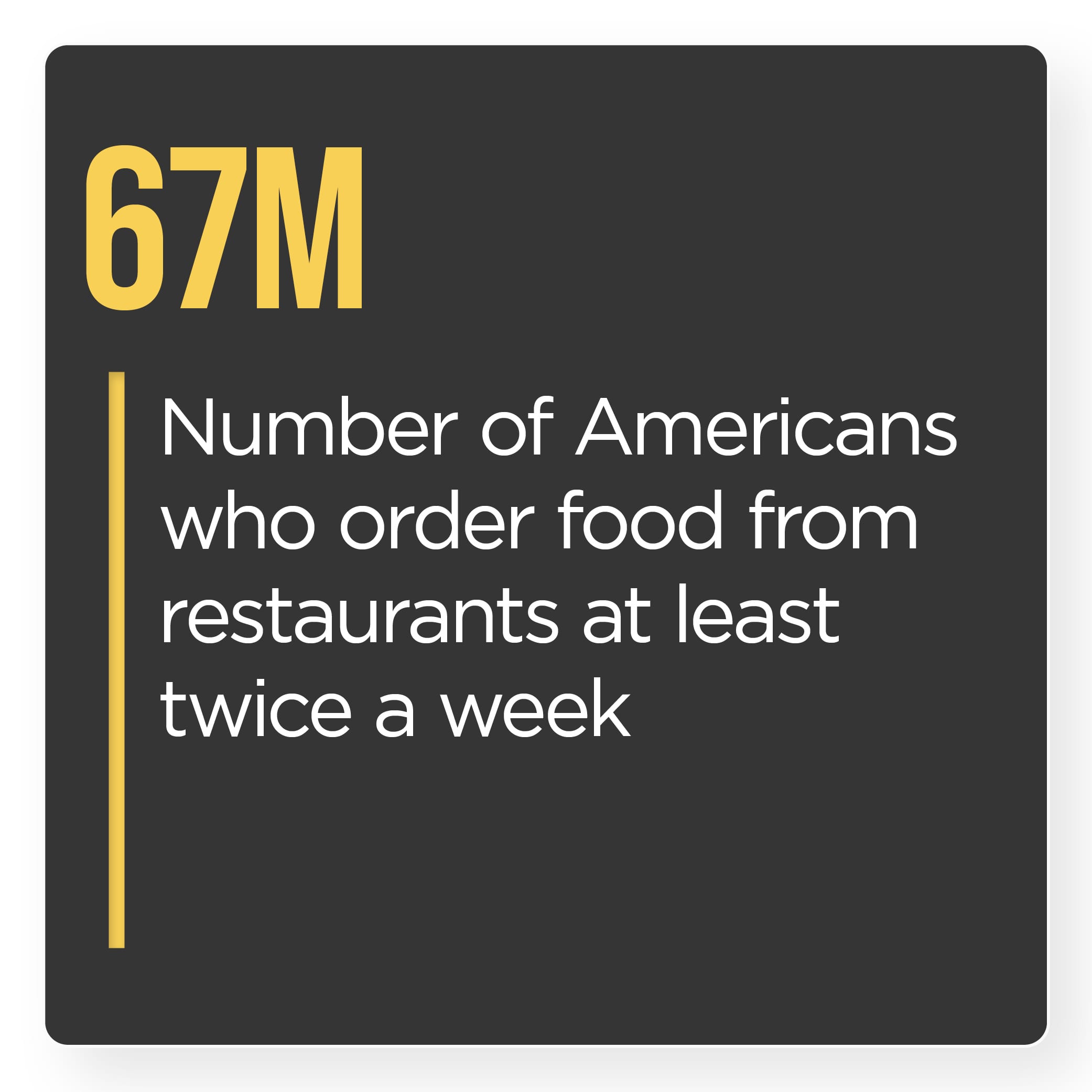 ven bigger players are catching on to the allure of loyalty offerings, with fast food titan Burger King being the latest QSR to introduce a rewards program. The offering, called Royal Perks, allows customers to earn points when they place orders online or via the restaurant’s app, giving them points that can be used to receive free food. The platform also allows customers to earn points using Burger King’s self-delivery service, and the chain said the program would eventually offer perks to customers who place orders in person. Royal Perks is currently being tested in Los Angeles, Long Island, Miami, New Jersey and New York City.
ven bigger players are catching on to the allure of loyalty offerings, with fast food titan Burger King being the latest QSR to introduce a rewards program. The offering, called Royal Perks, allows customers to earn points when they place orders online or via the restaurant’s app, giving them points that can be used to receive free food. The platform also allows customers to earn points using Burger King’s self-delivery service, and the chain said the program would eventually offer perks to customers who place orders in person. Royal Perks is currently being tested in Los Angeles, Long Island, Miami, New Jersey and New York City.
For more on these and other stories, check out the Trackers News & Trends section.
El Pollo Loco On Making Rewards Programs More Personal
Restaurants have long counted on loyalty programs to feed customer engagement and retention, but personalizing these initiatives has become of chief importance during the pandemic as QSRs compete for fewer dollars in a competitive marketplace.
In this month’s Feature Story, Andrew Rebhun of Mexican-style grilled chicken chain El Pollo Loco tells PYMNTS how the company uses AI to personalize its rewards program, enhance customer spending and meet the demands of customers across demographics.
To get the full story, download the Tracker.
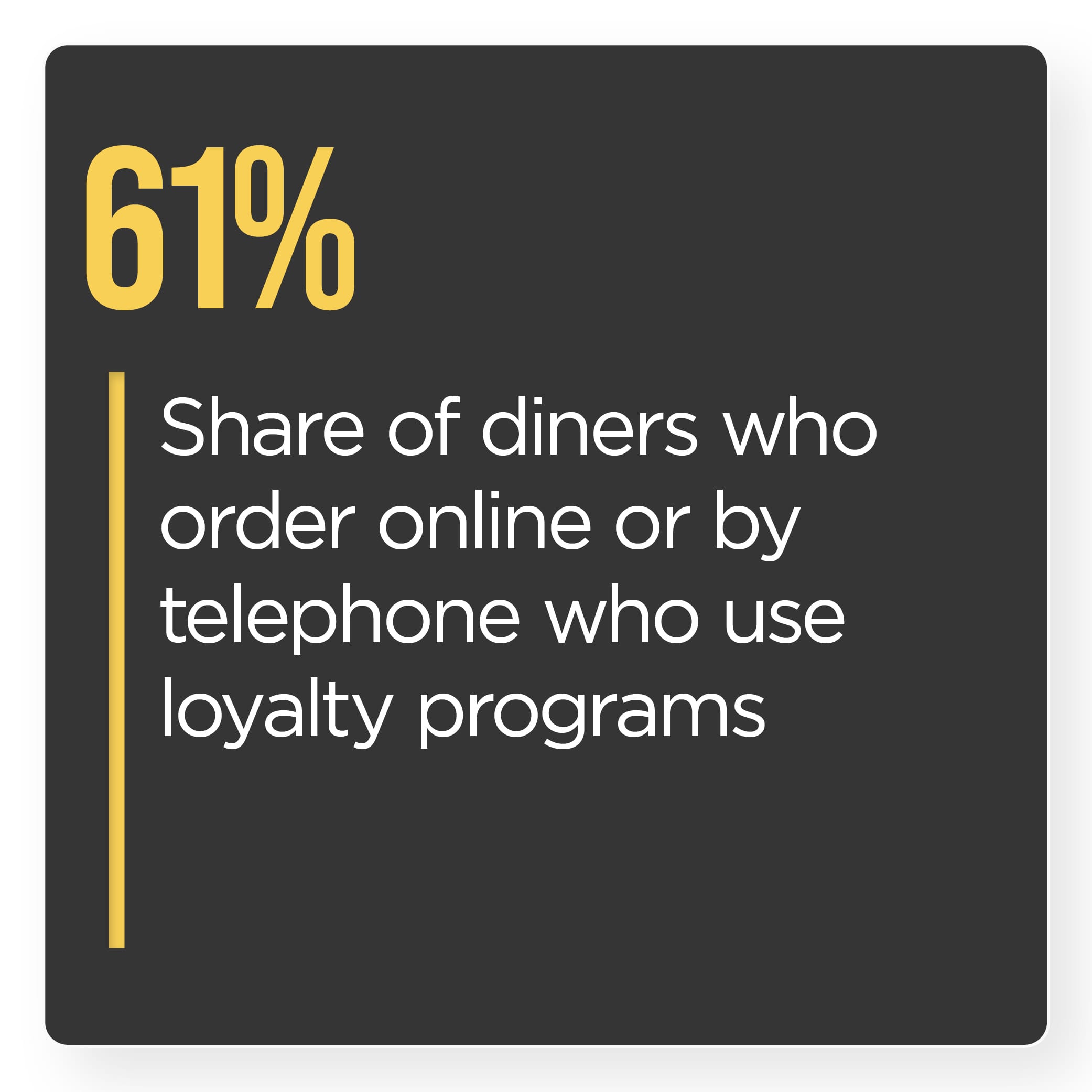 Deep Dive: How Customized Rewards Can Help QSRs Drive Digital Sales
Deep Dive: How Customized Rewards Can Help QSRs Drive Digital Sales
Digital ordering and payment preferences differ among consumers across generations. Case in point: 45 percent of bridge millennials order out from QSRs or restaurants at least twice a week, while just 18 percent of baby boomers and seniors do the same, according to PYMNTS’ Delivering On Restaurant Rewards study. Loyalty programs could be key to changing this and converting more occasional diners into restaurant enthusiasts, however.
This month’s Deep Dive explores how the pandemic has affected consumers’ ordering and payment preferences as well as how customized loyalty programs can help QSRs meet various members’ needs now and after the pandemic ends.
Read the full Deep Dive in the Tracker.
The Order To Eat Tracker®, a PYMNTS and Paytronix collaboration, is a monthly report that examines the restaurant sector. The March issue highlights how fast food, fast-casual and QSR establishments are adjusting their rewards programs with the use of artificial intelligence to enhance and personalize loyalty offerings.
